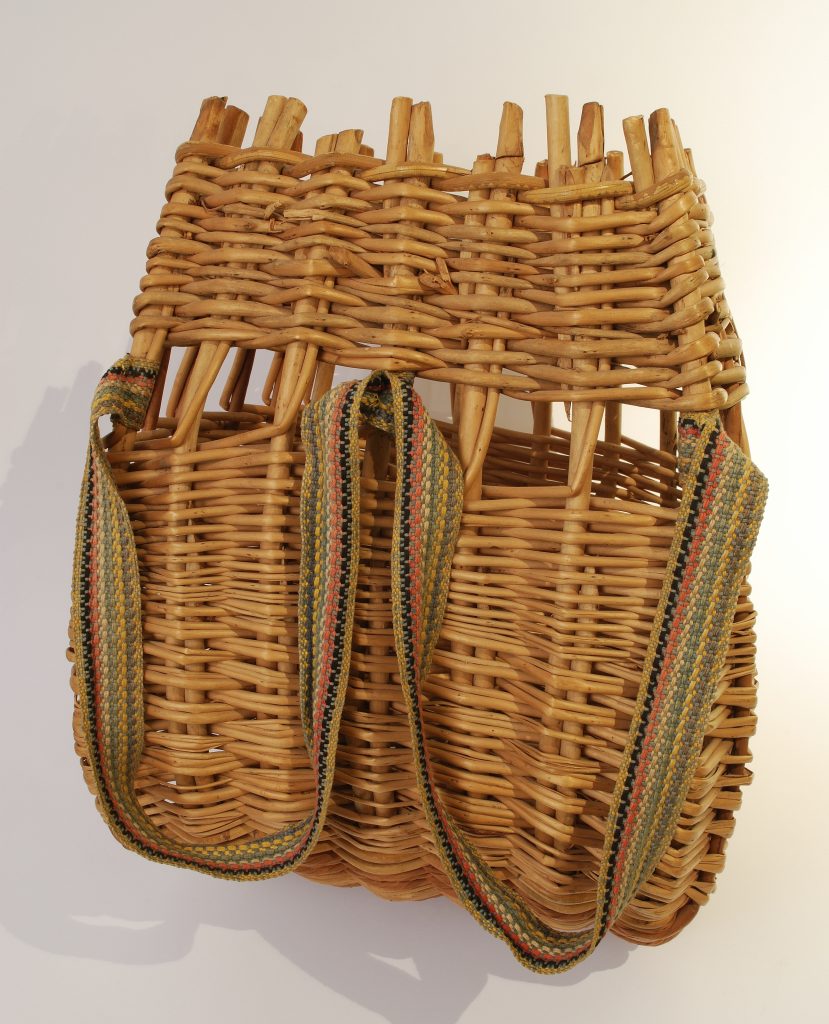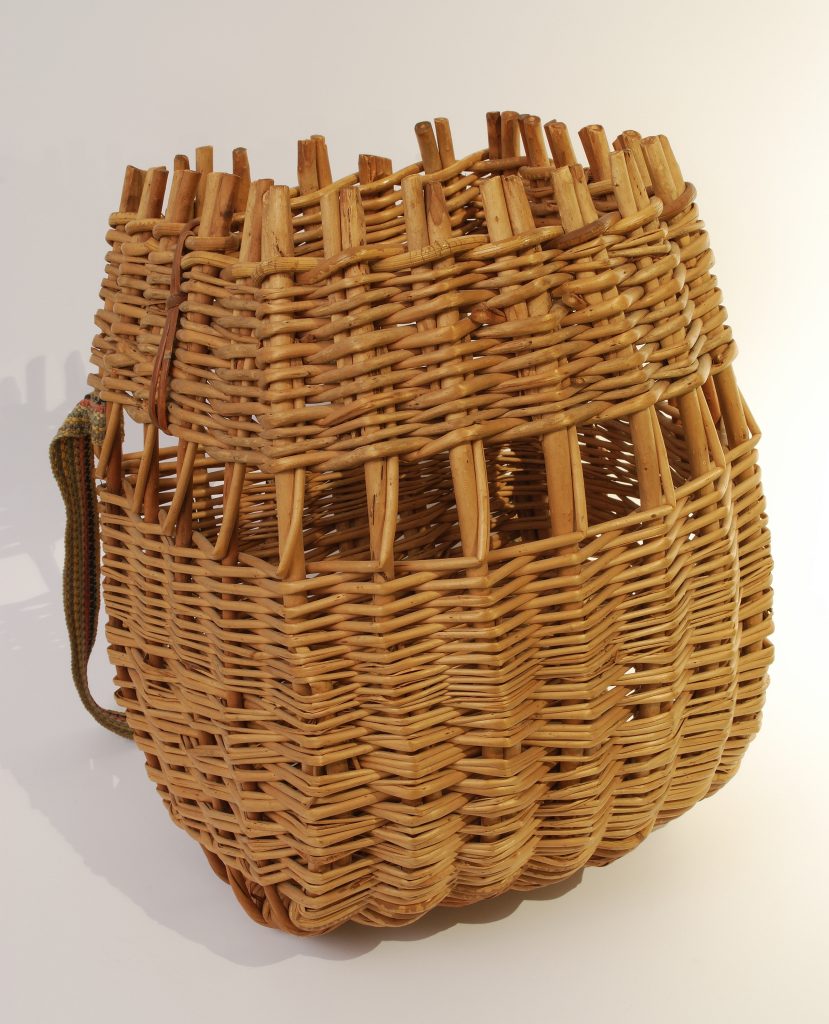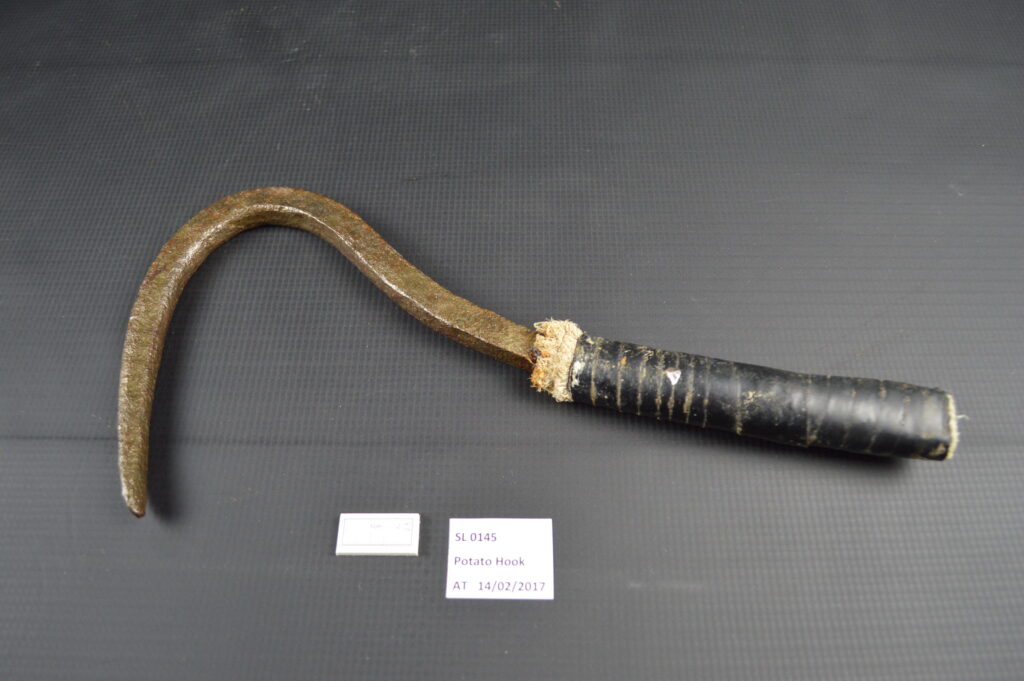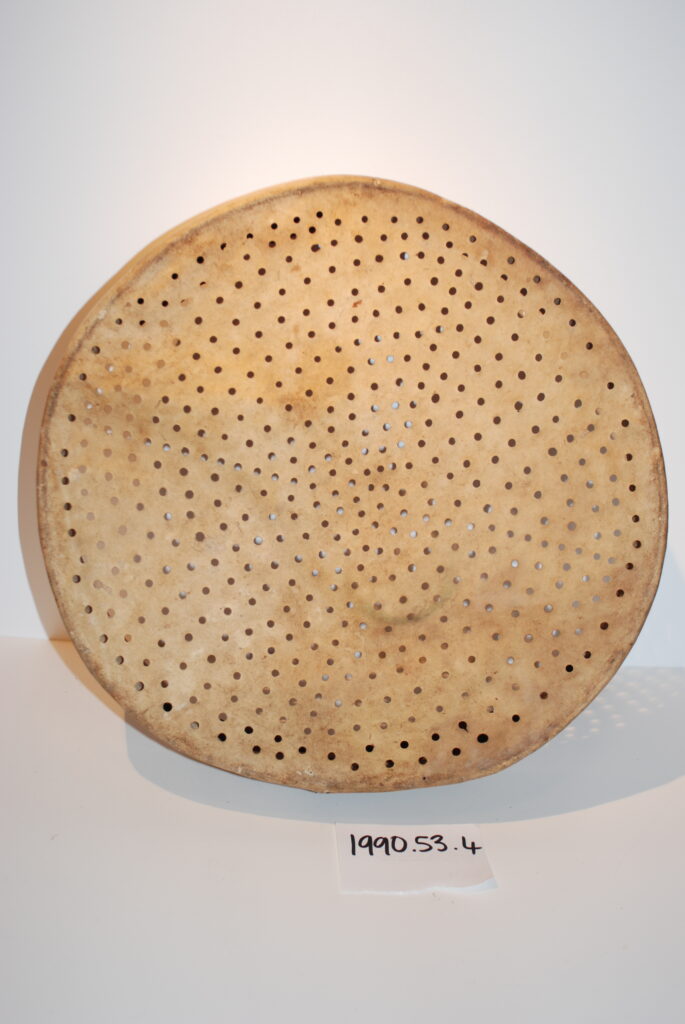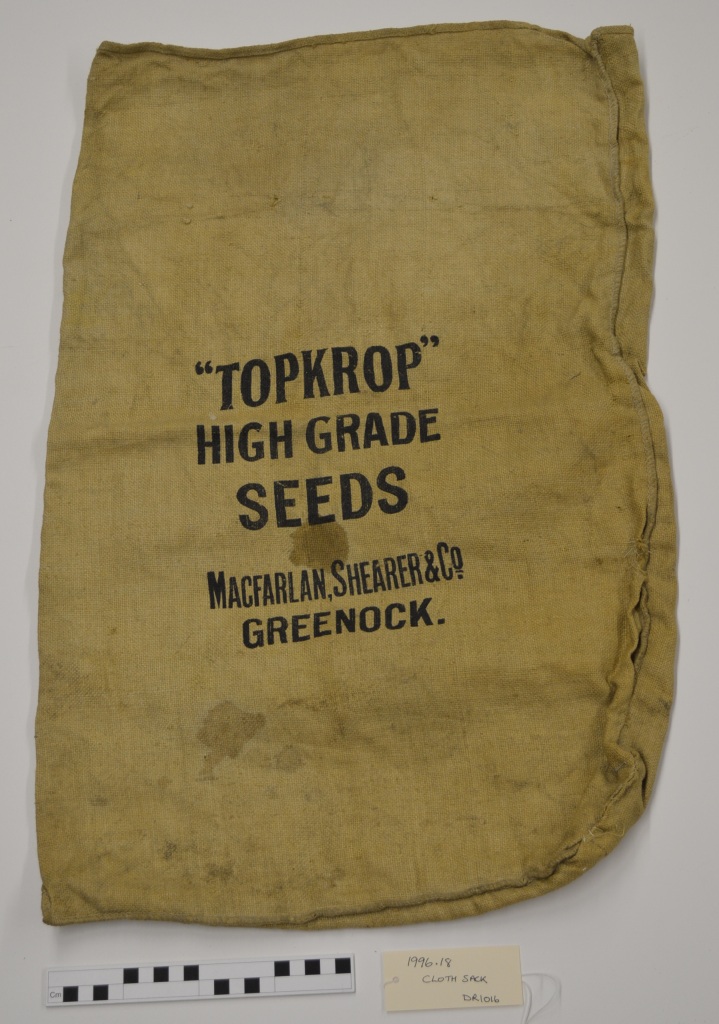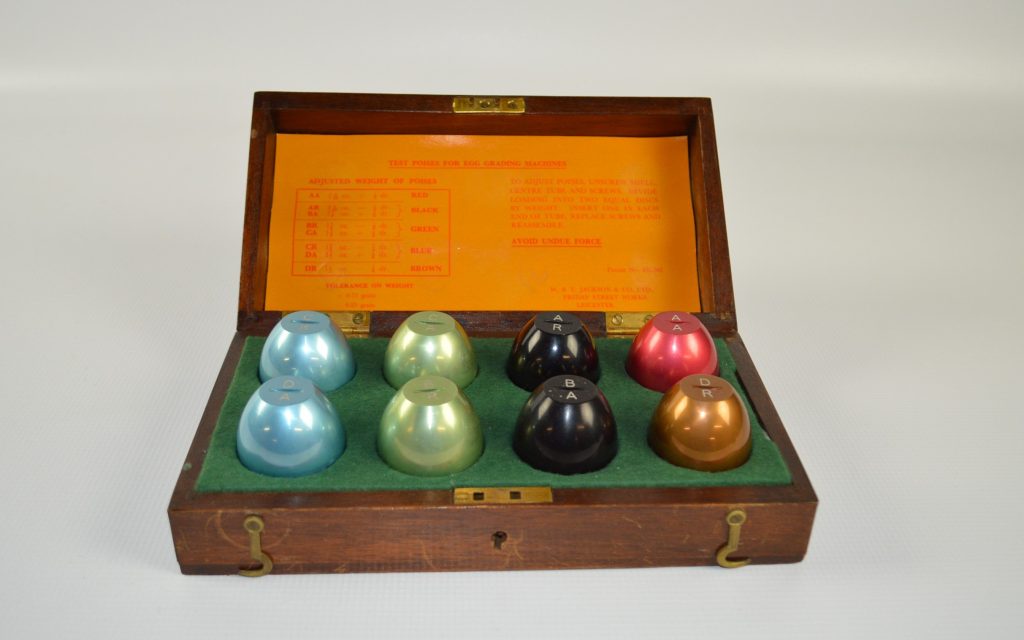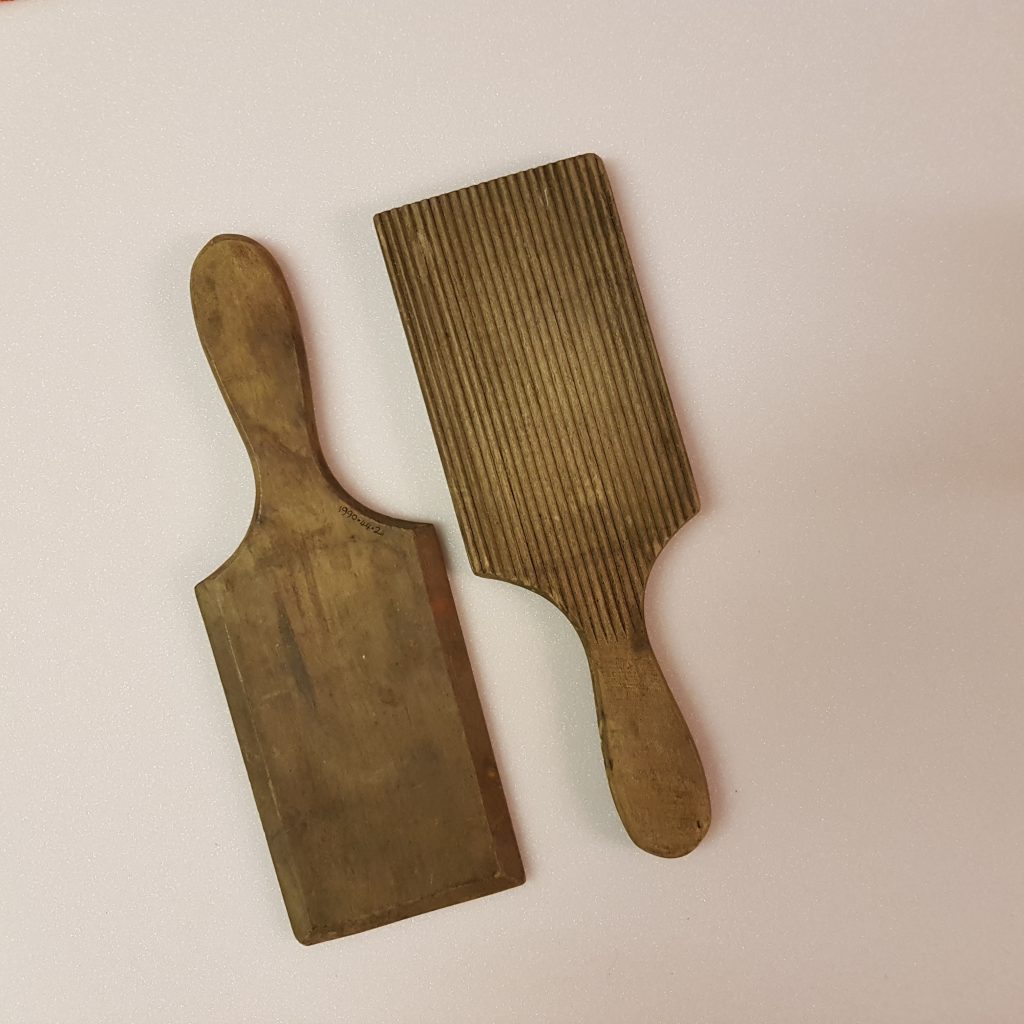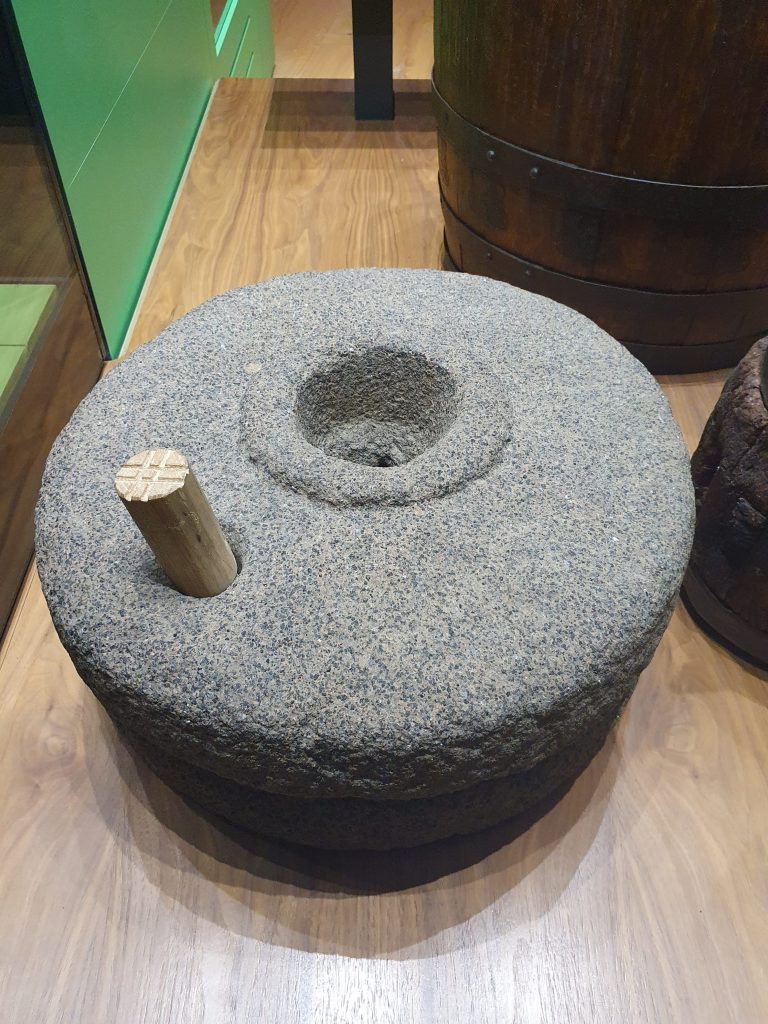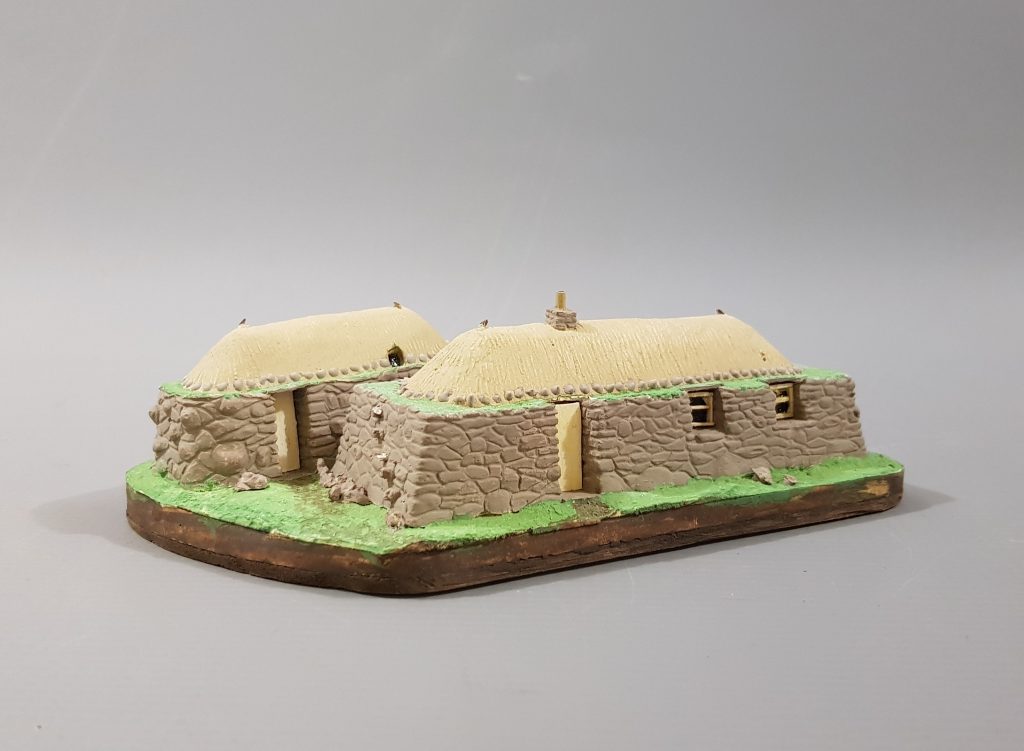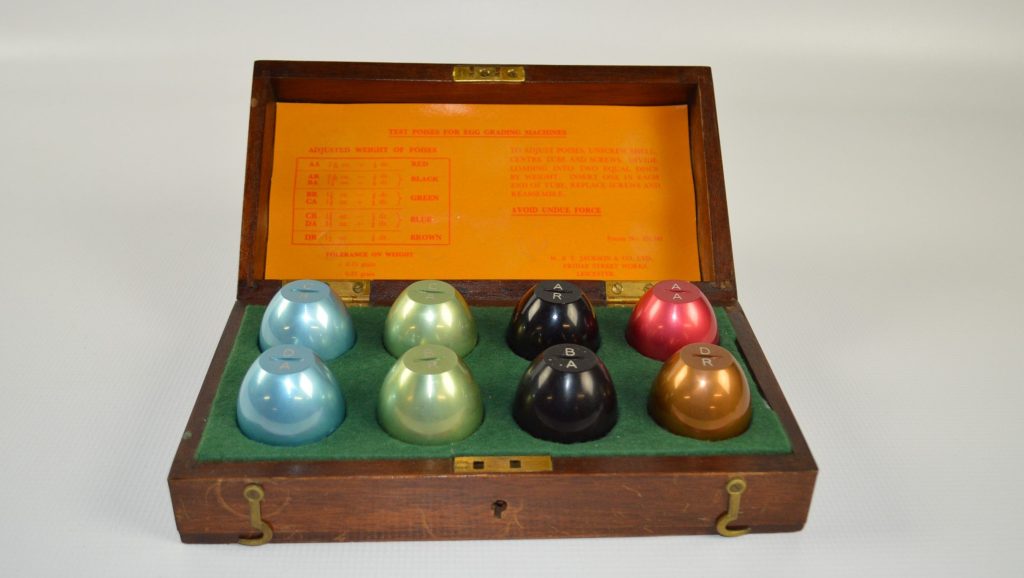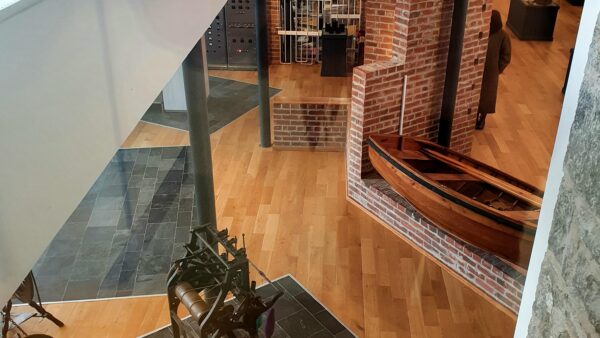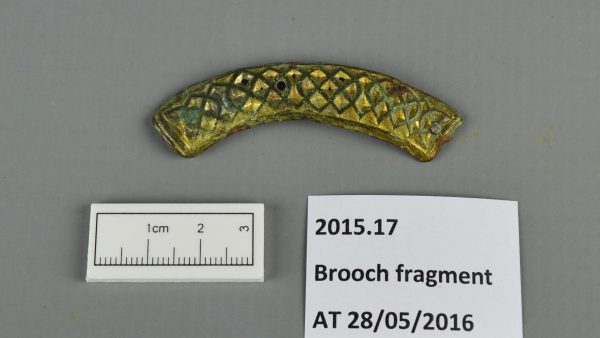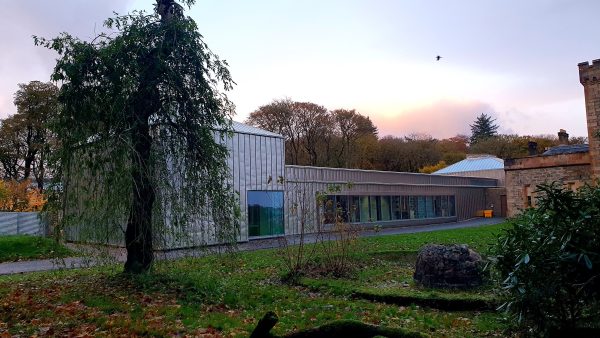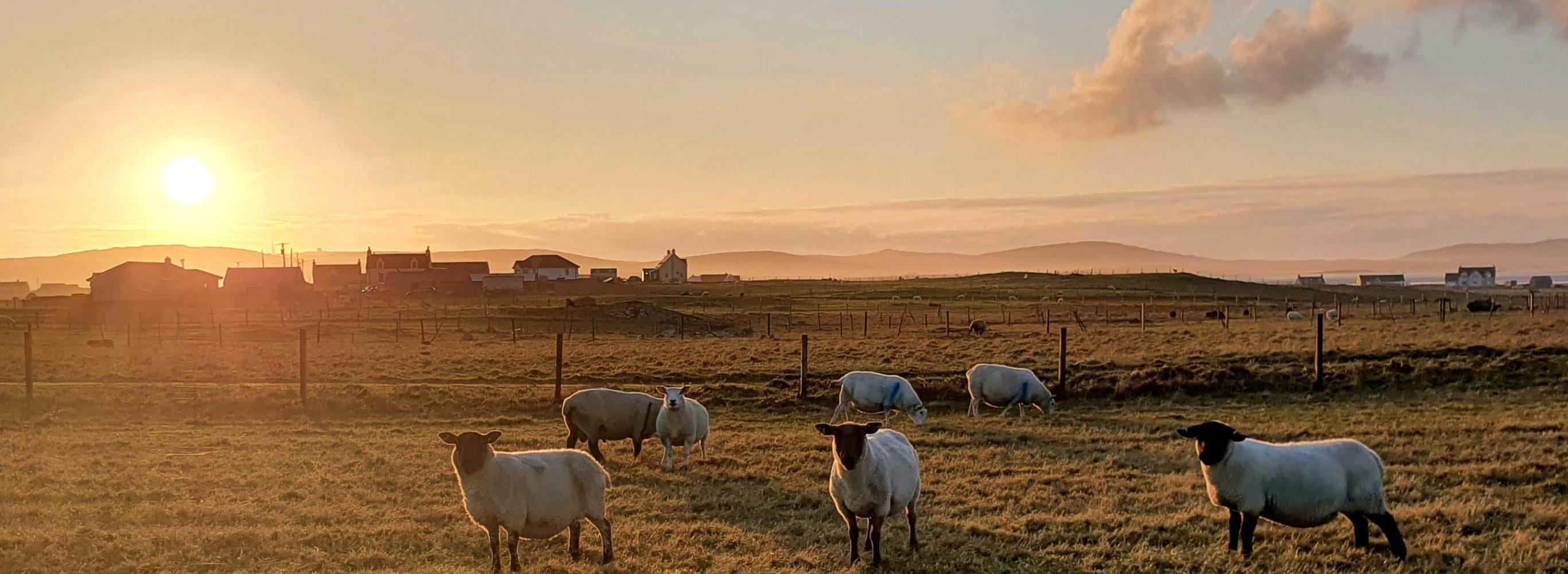
Crofting Collection
Crofting is an integral part of community life in the Outer Hebrides (as well as other parts of Scotland) and also contributes significantly to the local environmental landscape and biodiversity. It is a system of landholding, which has had specific legislation since the Crofters Holding Act of 1886 (and succeeding Acts), that ensures security of tenure for the crofters.
The Clearances
Prior to the Crofting Act many people were forcibly cleared from their crofts, and from the islands, to make way for sheep which to the landlords would be more profitable than people. Following the decline of the kelp industry in the early 1800s many in the islands who had relied on it to be able to pay their rents and to feed their families were already destitute so many emigrating through force or for economic reasons.
The Clearances in the 1800s took place right across the Outer Hebrides so is an island wide theme. Clearances – South Harris (1837) by the Earl of Dunmore, Battle of Sollas, North Uist Clearances (1849) by Lord Godfrey MacDonald of Sleat , Balnabodach (Barra – 1850) & South Uist (1851) both by Colonel John Gordon of Cluny, the Bernera Riot, Lewis (1874) which resulted in the Bernera men marching on Lews Castle, Pairc in Lewis (1887), and Aignish (1888) to name but a few.
Land Raids
The 1919 Land Settlement Act in Scotland aimed to resettle populations following the end of the First World War through the creation of smallholdings and crofts. Proportionate to the region’s population, the Highlands and Islands contributed very substantially to the numbers of service men who enlisted for WW1. It was agreed that returning servicemen should be provided with land, but landowners were not so keen and tried all sorts of tactics to delay or stop this happening.
The service men wanted what had been promised to them so that they could build houses, grow crops and raise livestock to feed their families. Eventually the patience of homecoming servicemen ran out and they took matters into their own hands!
These were however not the first examples of land raids that had happened in Scotland. The first in the islands is believed to have been the Vatersay Land Raids in 1906.
Further landraids took place in Glendale in South Uist (1918), Gress in Lewis (1919-21), Paiblesgarry/ Balranald in North Uist (1921) and Nunton in Benbecula (1923). The last Land Raid in Scotland took place in North Uist, at Balelone Farm, in Nov 1952.
Cairns have been built across the islands which commemorate the bitter fight for the land rights of islanders and the struggle for land law reform.
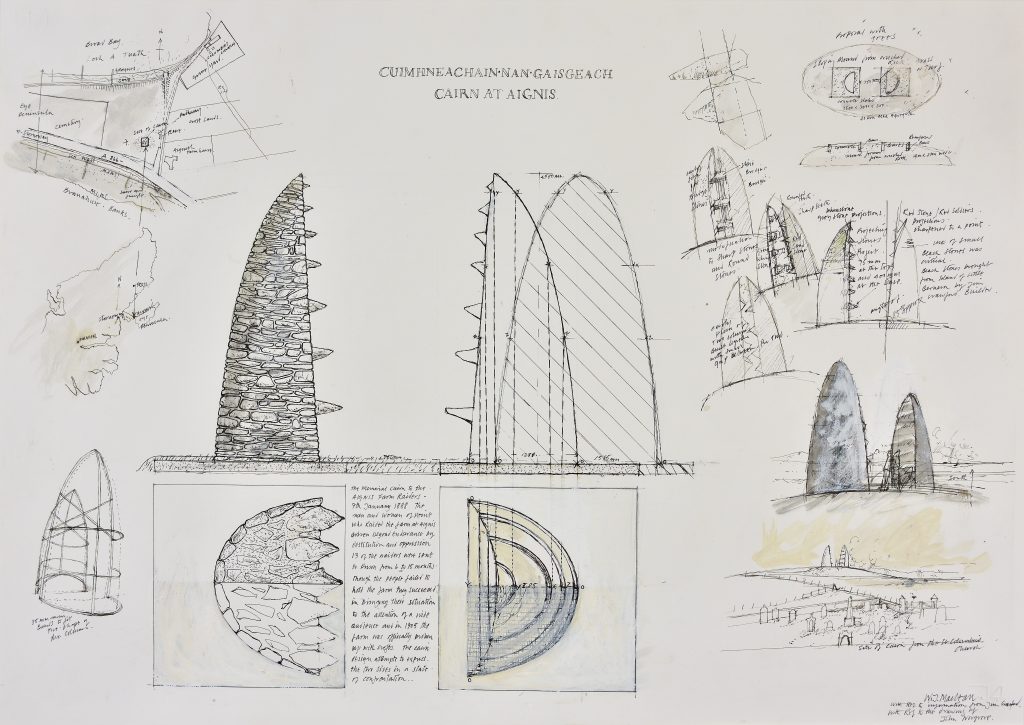
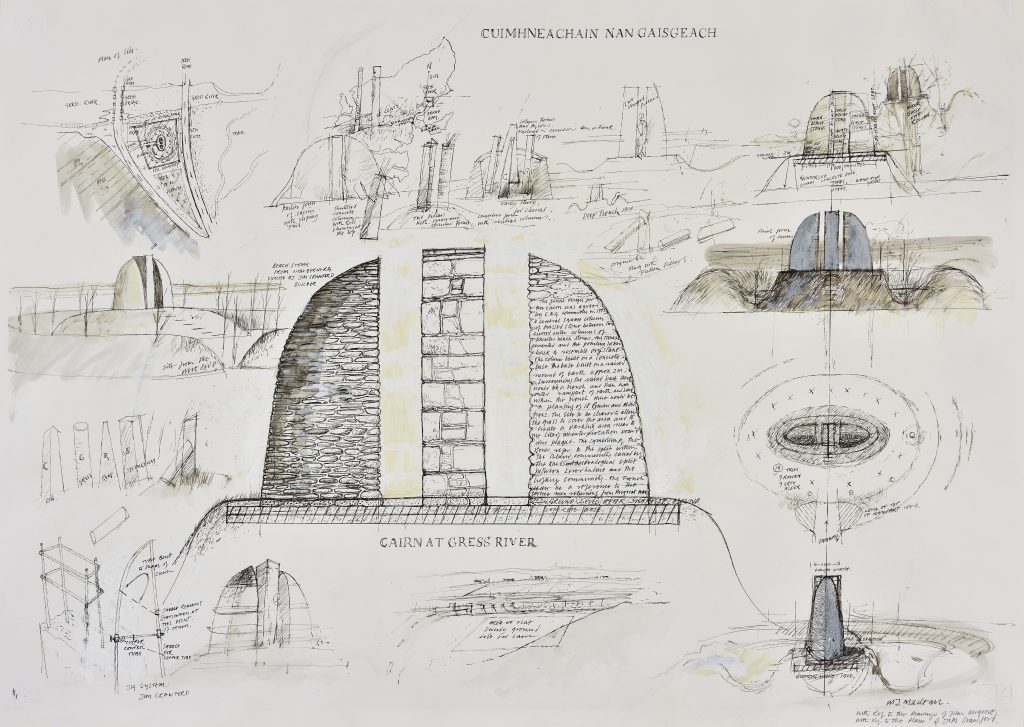
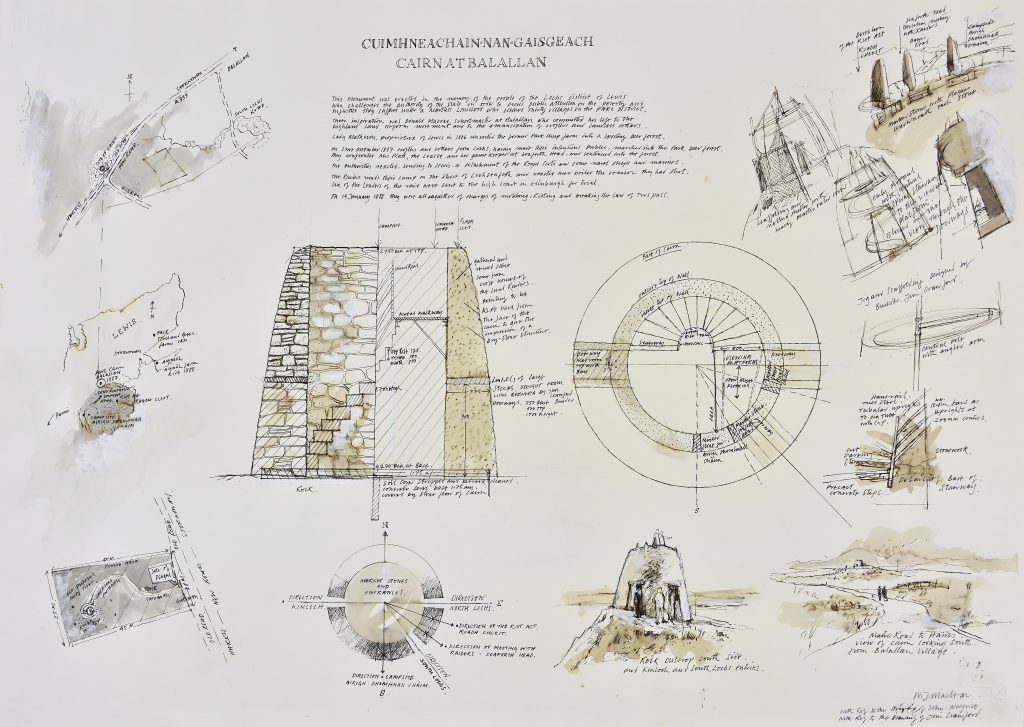
Within the collection there are crofting items, most of which would have been home-made, with the exception of metal parts which would have been produced by the local blacksmith or the itinerant tinsmith. We also have a number of artefacts that reflect crofting life across the generations
Below are samples from our collection.
Click on the images below to scroll through our image gallery:
